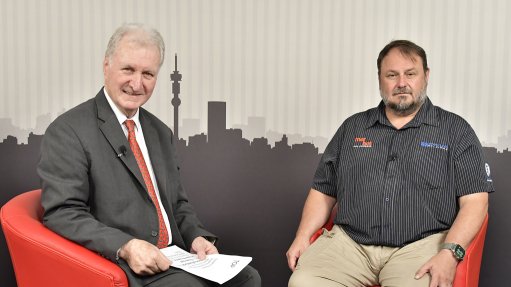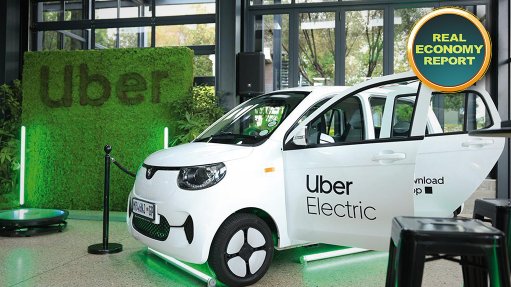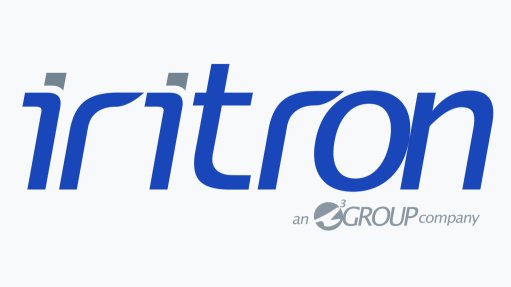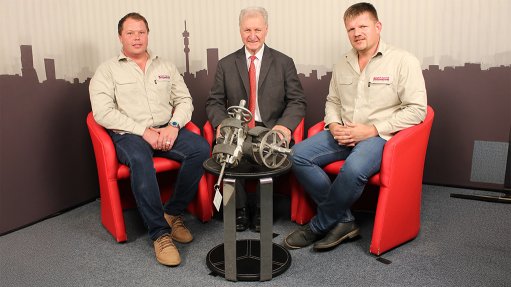ERG forecasts strong metals price recovery
Diversified miner Eurasian Resources Group (ERG) forecasts a strong metals price recovery ahead, including for copper, cobalt, aluminium, ferrochrome and iron-ore.
“Our view that commodities have fallen foul of wider macroeconomic concerns and the changing geopolitical landscape was confirmed at this year’s London Metal Exchange (LME) Week.
“One of the issues that came up repeatedly was the fact that global politics is impacting on business as never before. This means that metal prices, which weakened significantly over the summer, do not accurately reflect underlying fundamentals.
“Instead, market fundamentals indicate strong conditions in the physical market as evidenced by heavy destocking in copper, nickel, aluminium, zinc and steel, and rising physical premiums,” says ERG.
Meanwhile, China is ramping up its demand-boosting policies, having promised a larger tax cut than that of the US, which led to a sharp rally in Chinese equity markets earlier this week.
With evidence of physical shortages and increasing signs that growth in demand is likely to accelerate in China, the final building blocks for a strong metals recovery into the year-end are falling into place, noted ERG.
COPPER
Copper has been subjected to concerns over global trade tensions against a backdrop of rapidly improving physical indicators.
Based on ERG’s latest in-house analysis during LME Week, the company will be raising its China demand outlook for the year to more than 5% and anticipates that prices will recover before the end of the year.
“Next year, we expect prices to be supported further as supply struggles to keep pace with continued healthy demand. The increased likelihood of smelter disruptions and continuing distortions to global scrap flows were key issues discussed in London, which gives us confidence in our positive price outlook.”
In the long term, ERG foresees that copper will be underpinned by supportive fundamentals. The severe underinvestment in mining projects in recent years will lead to protracted deficits, while copper demand for electric vehicles (EVs) and renewable energy, as well as China’s Belt and Road initiative, will offer an upside.
ERG forecasts a compound annual growth rate of 1.8% on the demand side against 1.6% on the supply side to 2022.
COBALT
The global shift towards EVs and battery energy storage means that cobalt remains a widely discussed commodity. ERG states that, while overall passenger vehicle sales have fallen in recent months, the sale of EVs continued to grow at staggering rates.
In China, for example, vehicle sales fell 12% in September, while new-energy vehicle sales grew 55% year-on-year. Meanwhile, the anticipated shift to low-cobalt batteries is proving more costly and technologically challenging than anticipated.
Cobalt intensive lithium-ion batteries are also becoming a feature of energy storage systems, but battery life continues to pose a concern. Tesla has increased the price of its Powerwall twice this year, which points to robust consumer demand, while solar and wind power generators are increasingly looking at battery storage to maximise profits through load balancing and emergency backup revenue.
On the supply side, the reaction to stronger cobalt prices has been remarkable, but despite an additional 25 000 t of cobalt mined in 2018 compared with 2017, price levels remain significantly higher than before.
The cobalt market is undergoing a seismic shift in demand and supply will struggle to keep pace, says ERG.
When it comes to sourcing cobalt, artisanal mining practices are now responsible for more than 25% of mined cobalt globally while pressure to source the material responsibly is mounting. Ethical suppliers are well-placed to gain from this trend.
ALUMINIUM
Aluminium’s underperformance was another area of focus throughout LME Week, says ERG. It was generally perceived as the underdog of the LME metals, lacking investor support after significant price volatility earlier this year.
Aluminium prices have drifted down. “However, we think the current price level is unjustified and does not reflect fundamentals such as tightness in the alumina market, robust growth in aluminium demand prospects and limited capacity growth outside of China.
“Ex-China aluminium inventories are at only 60 days of consumption (where 30 days is regarded as a critical level). The market should remain in deficit in 2019, with higher prices driven by a considerable cost push.”
FERROCHROME
After falling to its lowest level in 15 months, largely as a result of increasing South African chrome ore exports and a depreciating rand, ferrochrome prices were on an upward trend again in September, which was driven by healthy stainless steel demand in China and falling stocks at Chinese ports, which dropped by almost one-million tonnes from their September highs.
“The market is more balanced now than we have seen recently, with chrome ore stocks falling to a typical average of 10 to 11 weeks of consumption. This pushed Upper Group 2 chrome concentrate prices towards a $170/t to $175/t level.
“The stainless steel market is expected to remain healthy, with solid end-use segment demand supporting rising stainless steel production levels in the fourth quarter and 2019 and, thus, facilitating ferrochrome demand growth in the near term,” states ERG.
STEEL AND BULK COMMODITIES
In contrast to LME metals, steel and bulk commodities have proved more resilient, with the 62% iron benchmark price largely flat in the year to date. While global investors use LME metals to “play” the US-China trade conflict, steel and iron-ore prices are still not as transparent and are mostly linked to China, states ERG.
With China’s steel mills’ order books full and steel inventories falling across the supply chain, iron-ore prices should maintain their strong upside momentum.
“We estimate that iron-ore seaborne supply growth will be largely offset by falling Chinese output, which is expected to drop by as much as 15-million tonnes year-on-year in 2018.
“Supply from smaller exporters in India, Africa and the Middle East, is also projected to shrink by up to 25-million tonnes year-on-year. Meanwhile, cuts in China are not expected to be as intensive this coming winter. However, volatility may come from measures targeting sinter and hot metal output,” concludes ERG.
Article Enquiry
Email Article
Save Article
Feedback
To advertise email advertising@creamermedia.co.za or click here
Comments
Press Office
Announcements
What's On
Subscribe to improve your user experience...
Option 1 (equivalent of R125 a month):
Receive a weekly copy of Creamer Media's Engineering News & Mining Weekly magazine
(print copy for those in South Africa and e-magazine for those outside of South Africa)
Receive daily email newsletters
Access to full search results
Access archive of magazine back copies
Access to Projects in Progress
Access to ONE Research Report of your choice in PDF format
Option 2 (equivalent of R375 a month):
All benefits from Option 1
PLUS
Access to Creamer Media's Research Channel Africa for ALL Research Reports, in PDF format, on various industrial and mining sectors
including Electricity; Water; Energy Transition; Hydrogen; Roads, Rail and Ports; Coal; Gold; Platinum; Battery Metals; etc.
Already a subscriber?
Forgotten your password?
Receive weekly copy of Creamer Media's Engineering News & Mining Weekly magazine (print copy for those in South Africa and e-magazine for those outside of South Africa)
➕
Recieve daily email newsletters
➕
Access to full search results
➕
Access archive of magazine back copies
➕
Access to Projects in Progress
➕
Access to ONE Research Report of your choice in PDF format
RESEARCH CHANNEL AFRICA
R4500 (equivalent of R375 a month)
SUBSCRIBEAll benefits from Option 1
➕
Access to Creamer Media's Research Channel Africa for ALL Research Reports on various industrial and mining sectors, in PDF format, including on:
Electricity
➕
Water
➕
Energy Transition
➕
Hydrogen
➕
Roads, Rail and Ports
➕
Coal
➕
Gold
➕
Platinum
➕
Battery Metals
➕
etc.
Receive all benefits from Option 1 or Option 2 delivered to numerous people at your company
➕
Multiple User names and Passwords for simultaneous log-ins
➕
Intranet integration access to all in your organisation


















